How do you best greet each other in corona times? [Photos]
![How do you best greet each other in corona times? [Photos]](https://afrinik.com/wp-content/uploads/2020/03/gesture-772977_1280-780x470.jpg)
Now that some countries have announced even stricter measures in the fight against the coronavirus, our social life is shallow. Anyone who comes into contact with others must maintain a safe social distance. But how do you greet each other in these strange times, when shaking hands, embracing or kissing each other on the cheek is entirely out of the question?
What about a fist? Nope. Elbow? Not recommended, as we are now sneezing in our elbow en masse, and the minimum distance of one and a half meters cannot be maintained. Nose-nose? Separate! But don’t despair, there are still plenty of options to say “hello” to our friends and acquaintances safely.
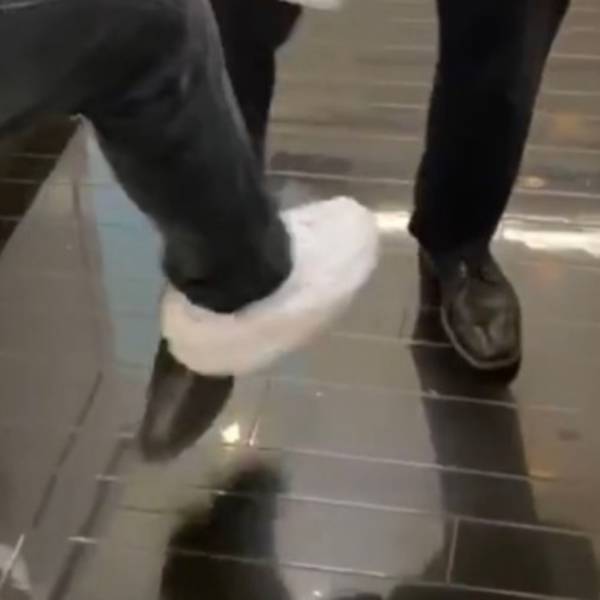
‘Been kissing’, for example, already baptized the ‘Wuhan Shake’. This slightly more modest form of ‘rubbing foot’ is only suitable for people with long legs who can maintain a minimum distance of 1.5 meters between each other.
The avid yogis among us already know it well: the Hindu greeting ‘Namasté’. To do this, press the palms together with the fingers pointing upwards and make a slight bend: this way, the ‘dirty animals’ only stick to your own hands.
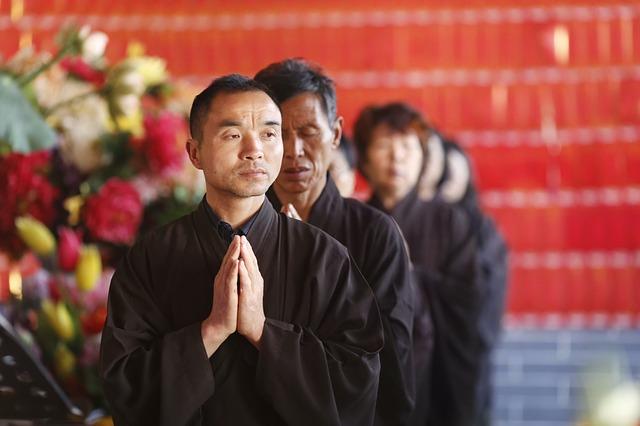
Live long and prosper! To say it in the words of Spock from ‘Star Trek’, he introduced viewers to the ‘Vulcan Salute’ in 1965, the hand gesture his people – the Vulcans – use as a salute. With a little practice, you will quickly master this.
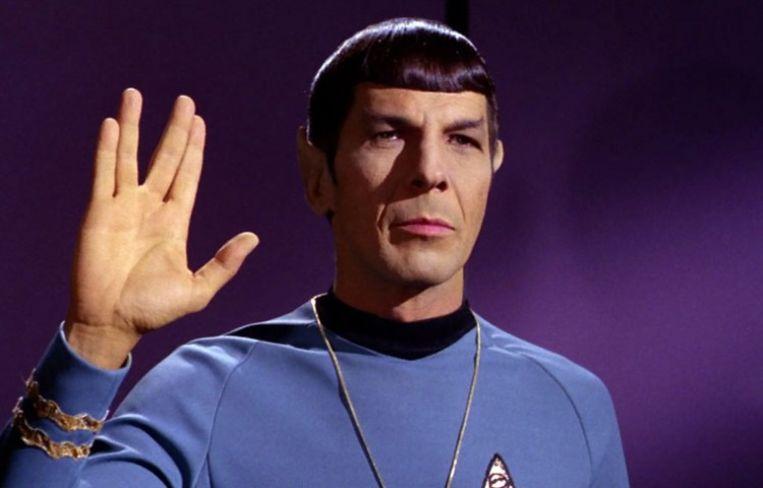
Peace! Also known as the V sign. Did you know of the day: the Belgian Victor de Laveleye created the sign. During the Second World War, he worked as director of the Belgian French-language broadcasts of the BBC (1940-1944) and in 1941 called on all Belgians to use the symbol as a sign of resistance. The ‘V’ stood for ‘victoire’ (victory) in French and ‘freedom’ in Dutch.
Soon the hand gesture was taken over by the rest of the world. In the 1960s, the V sign also became a symbol of peace. Peace, Victory, and Resistance! With the V-sign, we kill three birds with one stone.
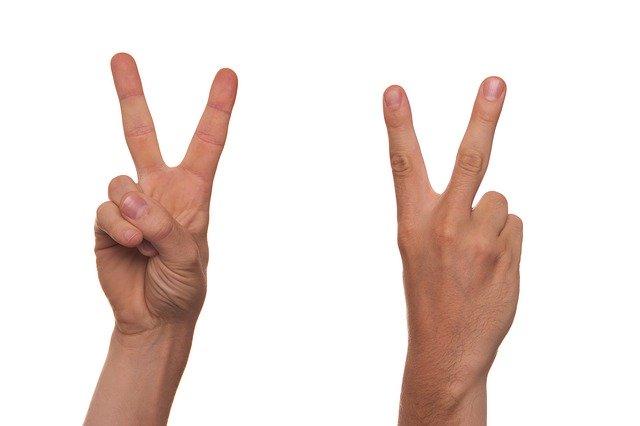
If it needs to be more formal, it can also be done in Japanese. Ojigi – Japanese for bending – involves bending your head or upper body. That sounds simple, but in Japan, there are plenty of rules behind it. For example, your head and back must form a straight line, and your hips and legs must remain in the same position during bending: you cannot protrude your buttocks.
Also, there are different ways to bend, depending on the circumstances. When you meet someone who takes the same place on the social ladder as you do, you bend about 30 degrees. When it comes to someone higher than you, you bend about 45 degrees.
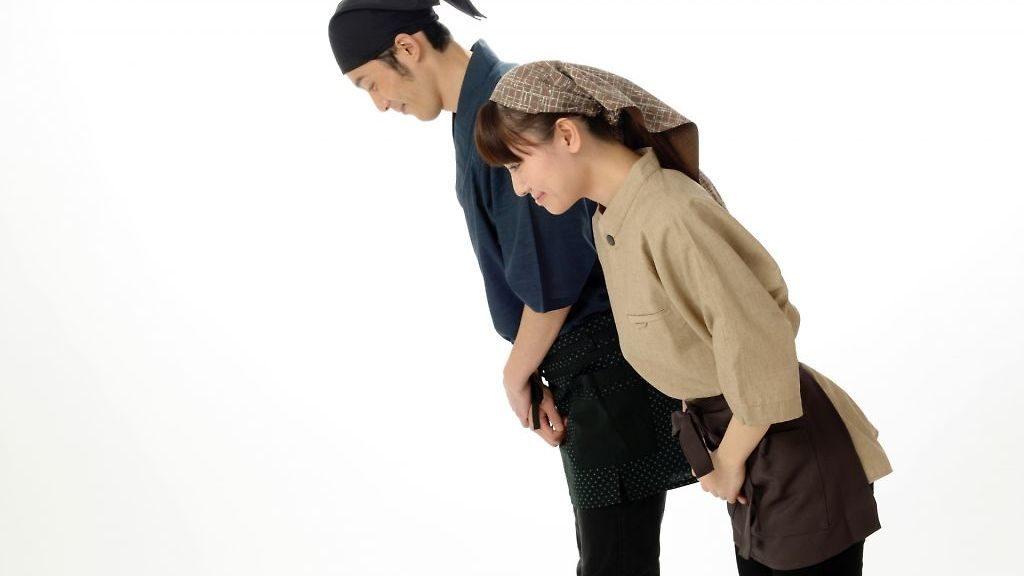
So there is plenty of choices to say a safe and healthy “good day” to our fellow man. And with this also a cheerful, super classic, but therefore not inferior salute!

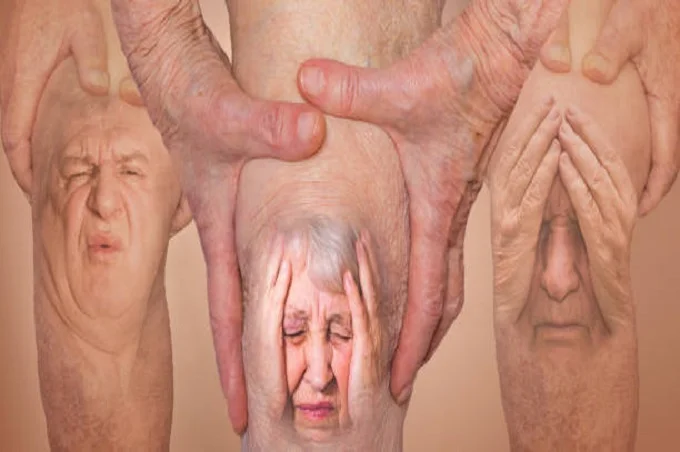
![Deserted cities in the world due to Coronavirus [Pictures]](https://afrinik.com/wp-content/uploads/2020/03/argentina-390x220.jpg)

